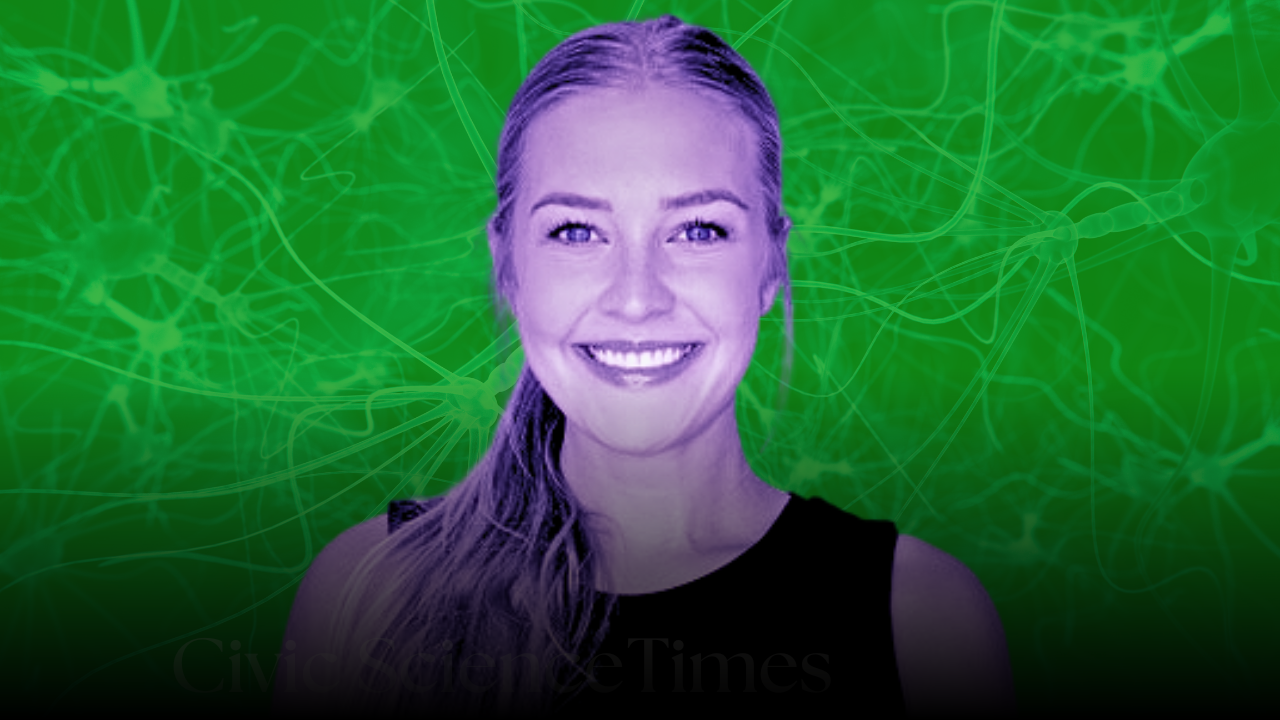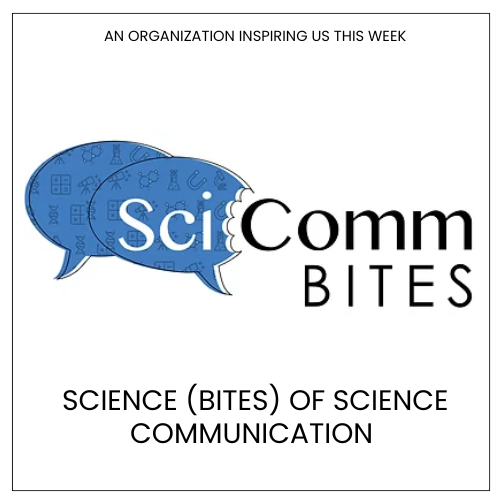Civic Science Observer
Chasing your why: Emma Bleakman on founding Bright Light Neuro, a new way of thinking about neuroscience curriculum.

Emma Bleakman, an elementary school teacher by trade, has a mission of bettering the trajectory of young people’s lives. A mission upon which Bright Light Neuro was founded. “[Teaching] students about their brain … can empower them to make better decisions about their wellbeing, health, and education … and all these things that are very deeply connected to the brain and what it means to be human,” Emma passionately expressed. However, students aren’t given the opportunity to learn these things in the current school curriculum. Bright Light Neuro aims to change this.
Bright Light Neuro is a company founded by Emma Bleakman and her father David Bleakman focused on creating curriculum built upon neuroscience. The curriculum uses brain education as a framework for teaching students their day-to-day curriculum, including science, math, literature, and personal life skills.
Emma, who has a Masters in Neuroscience and Education from Teachers College, Columbia University, taught elementary education for three years, during which the COVID-19 pandemic occurred. While teaching, Emma noticed how her students were struggling. “Not academically” she clarified, “but emotionally, with anxiety about school and … social media, and standardized testing, and the pandemic.”
Along the way, something sparked the idea of incorporating neuroscience in the classroom. Emma’s father, David, has a long career in neuroscience, so she grew up learning about the brain. Brain awareness was something she realized could help her students with their current issues. Very soon, she saw the fruits of incorporating brain education in her teaching. The students were incredibly engaged with the curriculum and even began to use neuroscience in their day-to-day life. It became clear that what Emma was doing needed to go beyond just her classroom.
Initially, Emma considered writing a children’s book on brain education. She pursued a master’s degree in Neuroscience and Education at the Teachers College of Columbia University where she wrote her thesis on the impact of neuroscience content instruction in the K-6th classroom. While pursuing her masters, Emma worked with Dr. Eric Nestler, Director of the Friedman Brain Institute at the Icahn School of Medicine at Mount Sinai, and Dr. Denise Croote who is similarly focused on neuroscience outreach. Through working with Dr. Nestler and Dr. Croote at Mount Sinai and completing her thesis at Columbia University, the idea for what is now Bright Light Neuro began to form.
Though still in its early stages, Bright Light Neuro hopes to create a multi-grade curriculum of varying lengths and modalities reframed through neuroscience. When asked about the implementation of such an endeavor, Emma confidently placed trust in her fellow teachers. “When [teachers] want to do something they typically find a way to do it.” Bright Light Neuro hopes that teachers across the nation see the benefits of using Bright Light Neuro’s curriculum in their classroom.
“Our main focus and value is relationships through and through. We’re hoping that with all of these relationships that we’ve built with educators across the country through word of mouth … people catch wind of [Bright Light Neuro] and find value in it.” In fact, teachers have already started to get involved in Bright Light Neuro’s mission. Every month, Emma and the team host “teacher table talks” where teachers from across the country get together to discuss the structure of Bright Light Neuro’s curriculum and its long term goals. In its infancy, Bright Light Neuro has made it clear that teachers, and as a result, their students, will always have a seat at the table.
Emma and the team at Bright Light Neuro not only saw a gap in the education system, but found a solution for it. They believed in their mission so much that they saw a potential for their curriculum to be used throughout schools nationwide and are taking steps to get there. What gaps do you see in your daily life? In neuroscience and society? What are the solutions?
When evaluating these questions or embarking on a journey of neuro-entrepreneurship consider Emma’s advice: “Chase the why. Figure out what it is that you want to do. If neuroscience is something you are passionate about and interested in then figure out a way … [for] neuroscience [to] be a road to chasing your why.”
Bernadette Weigman is a neuroscience and society reporter for The Civic Science Observer. She covers the civic dimensions of neuroscience, including its intersections with education, public engagement, and the broader societal implications of brain science. She engages with scholars and practitioners to learn about their public engagement work and how they navigate the ethical, cultural, and institutional challenges of bringing neuroscience into public life.

-
Civic Science Observer4 weeks ago
What are the objectives of the Neurotech Justice Accelerator at Mass General Brigham?
-
Civic Science Observer2 months ago
Dear Colleagues: Now is the time to scale up public engagement with science
-
Civic Science Observer2 months ago
Weekend Watch: At Boston College, the McMullen Museum of Art presents “Wonders of Creation: Art, Science, and Innovation in the Islamic World”
-
Civic Science Observer3 days ago
Dear Colleagues: Help us understand the national impacts of federal science funding cuts on early career researchers in academic laboratories
























